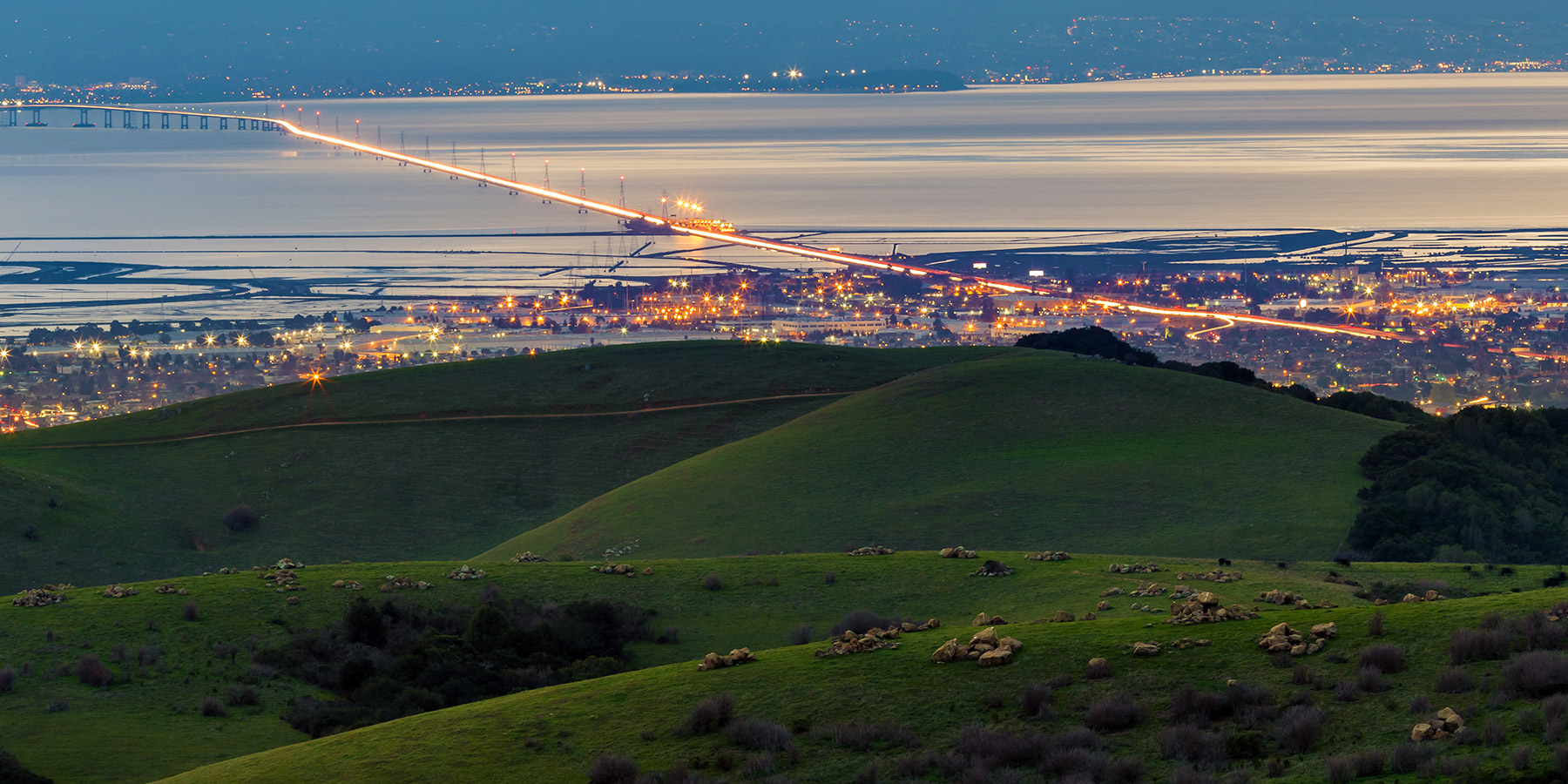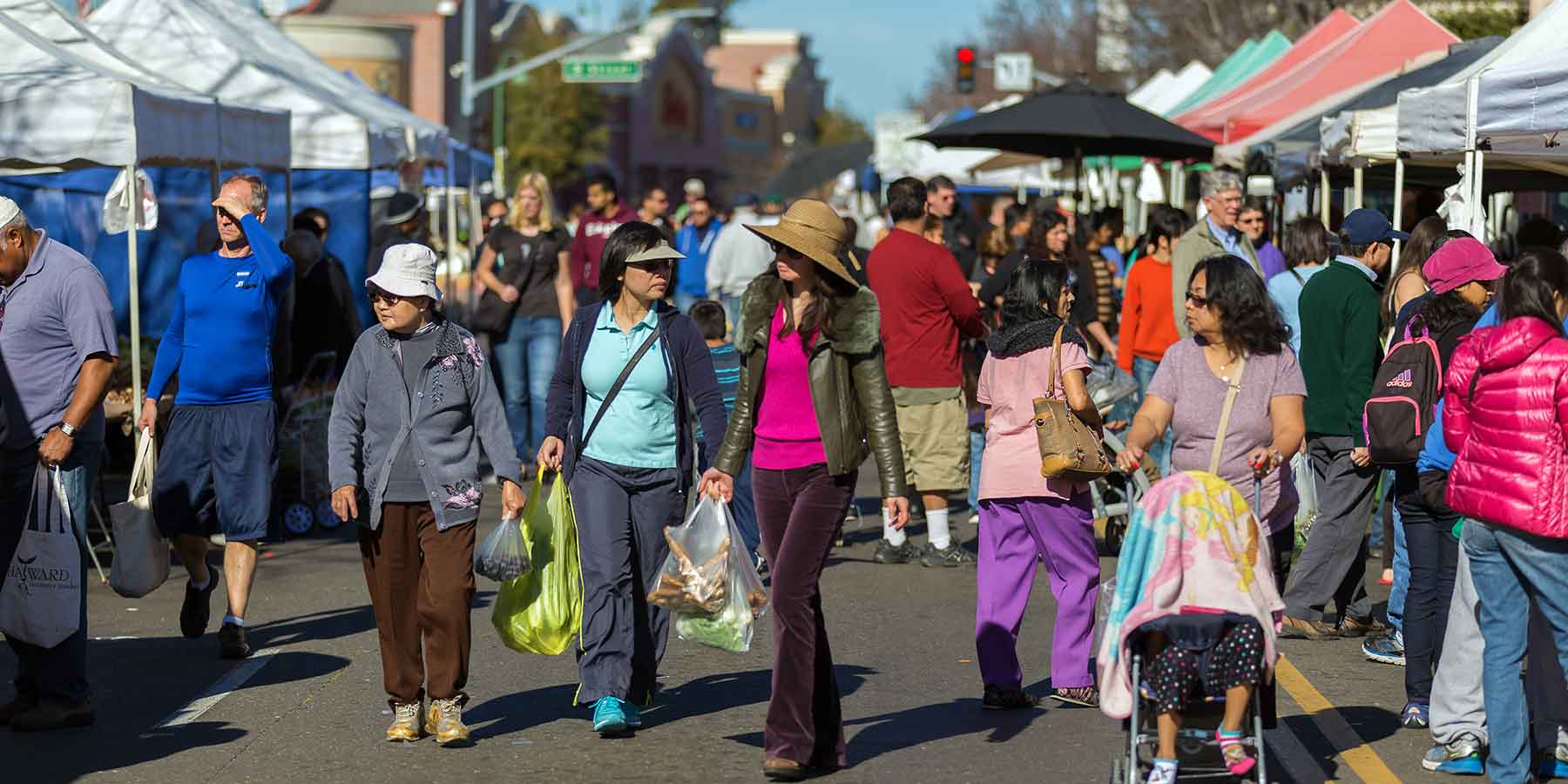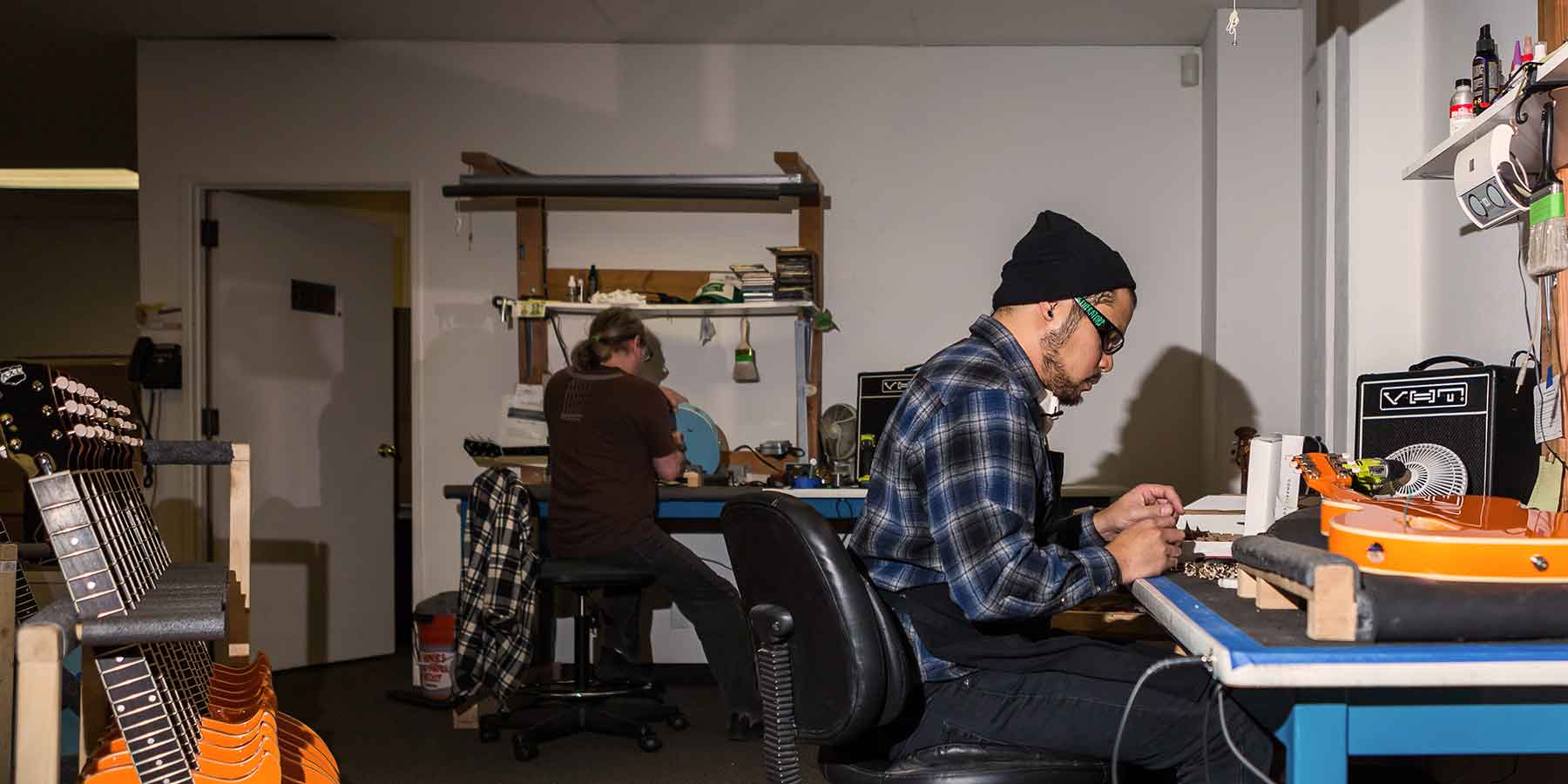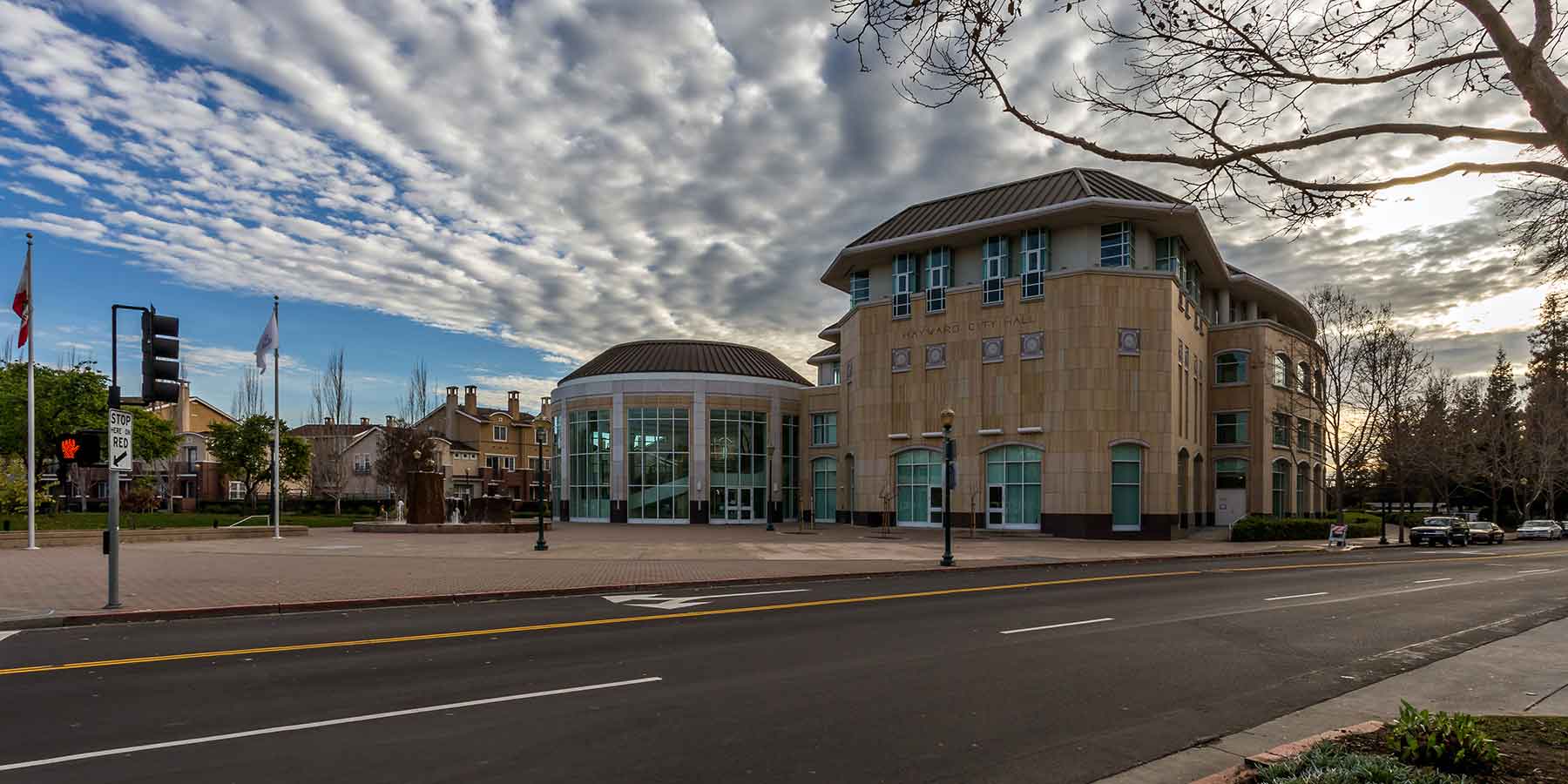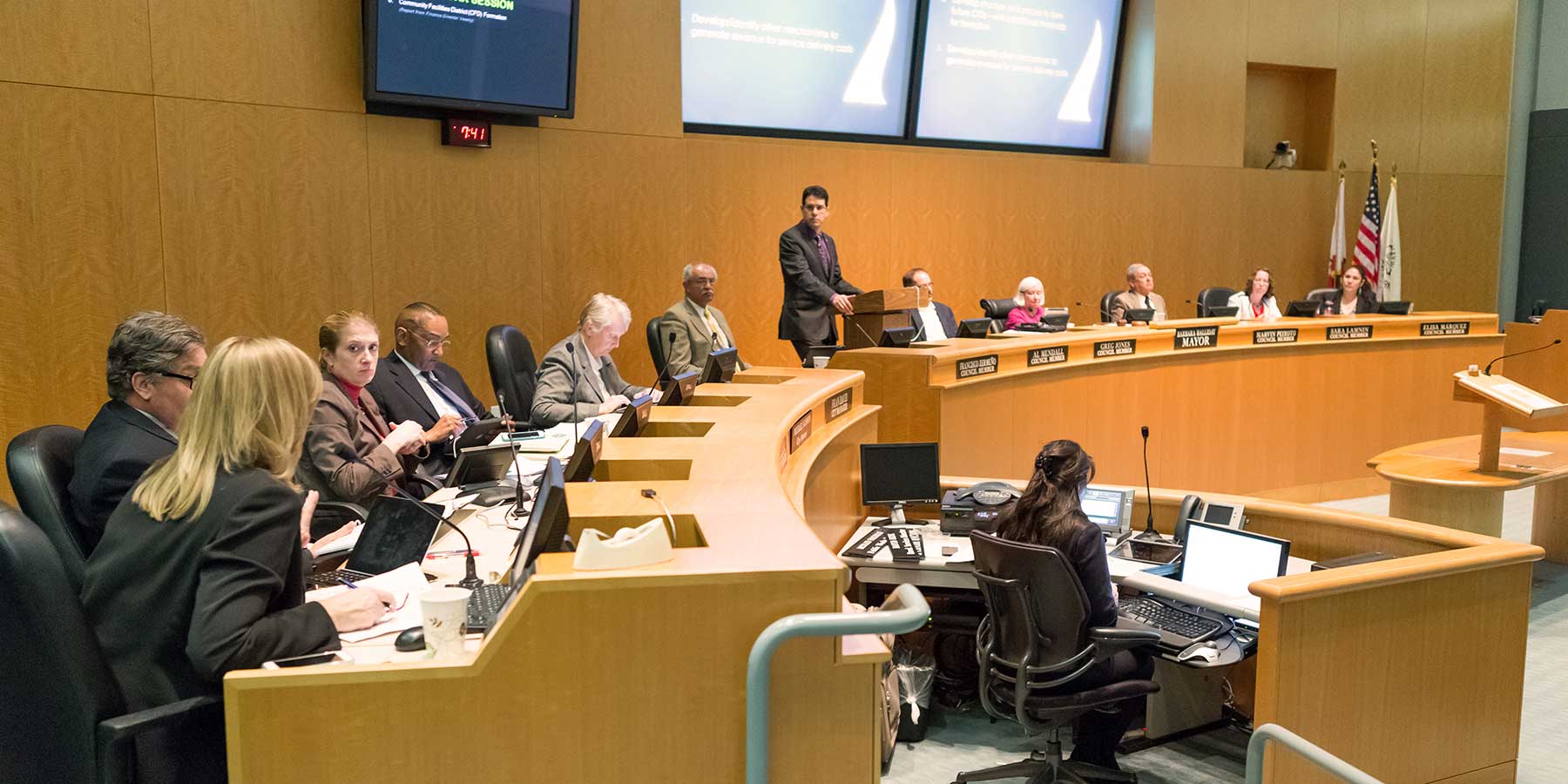Transportation Division FAQs
Q: Can I get a STOP sign installed in my neighborhood?

A: STOP signs assign access through intersections by establishing who should proceed and when. They are a first-step traffic control device prior to consideration of traffic signals and are not meant to be used as speed control or traffic calming devices.
Federal and State guidelines require, in order of priority, the following information be collected to determine whether a STOP sign is appropriate:
- Vehicle volumes on both approaches to the intersection
- Collision history at the intersection
- Sight distrance and visibility
- Left-turn, pedestrian and bicycle volumes and issues
Based on the collected data, an engineering evaluation considers the following:
- Traffic volumes are higher than the minimum required by federal and state guidelines
- For 3 and 4-Way STOPs, traffic volumes on all approaches need to be approximately equivalent
- There is a documented history of collisions that could be avoided by installation of a STOP sign
- There are sight and visibility issues
What happens when STOP signs are installed for the wrong reasons?
- They are largely ignored by drivers
- Higher speedes due to drivers accelerating between STOP signs trying to save time
- May cause an increase in accidents
Q: Can I get a traffic signal installed in my neighborhood?

A: Traffic signals, like stop signs, assign access through intersections by establishing who should proceed and when. They are installed where traffic volumes exceed those for stop sign(s). Traffic signals are not meant to be used as traffic calming devices.
Federal and State guidelines require, in order of priority, the following information be collected to determine whether a traffic signal is appropriate:
- Vehicle volumes on both approaches to the intersection
- Traffic delay and congestion
- Collision history at the intersection
- Sight distance and visibility
- Left-turn, pedestrian and bicycle volumes and issues
- Intersection layout
Based on the collected data, an engineering evaluation considers the following:
- Traffic volumes are higher that the minimum required by federal and state guidelines
- There is a documented history of collisions that could be avoided by installation of a traffic signal
- There are sight and visibility issues
- Traffic congestion is extreme and can be improved by installation of a traffic signal
What happens when traffic signals are installed for the wrong reasons?
- They result in unnecessary traffic congestion and delay (especially for side streets)
- They could result in higher speeds as drivers accelerate to "beat the yellow"
Q: There is speeding and people spinning donuts in my neighborhood, can I get a traffic circle installed?

A: Traffic circles are traffic calming devices meant to reduce vehicular speeds at intersections or prohibit illegal movements (such as spinning) within an intersection. Like speed lumps, they are typically installed as a last resort after less invasive traffic calming methods have been attempted.
Industry-standard guidelines require the following information to be collected to determine whether a traffic circle is appropriate:
- Vehicle volumes
- Speed data
- Road type and intersection layout
- Terrain
- Emergency vehicle routing
Upon collecting the data above, an engineering evaluation is conducted to determine if the location meets the following:
- Problem cannot be solved using less invasive traffic calming measures
- Daily traffic volumes
- Traffic is travelling at 10 mph or more over the posted speed limit
- Intersection is on a residential street with no more than one travel lane per direction
- Intersection is not on hilly terrain (4% grade or more) or curve
- Not a cul-de-sac
- Fire and police vehicles can be accommodated
- Does not result in drainage or landscaping issues
Q: There is speeding in my neighborhood, can I get a speed lump installed?

A: Speed lumps are traffic calming devices meant to reduce vehicular speeds on residential streets. They are typically installed as a last resort after less invasive traffic calming methods have been attempted.
City and industry-standard guidelines require the following information to be collected to determin whether a speed hump is appropriate:
- Vehicle volumes
- Speed data
- Road type and layout
- Terrain
- Emergency vehicle routing
Based on the collected data, an engineering evaluation considers the following:
- Problem cannot be solved using less invasive traffic calming measures
- Daily traffic volumes
- Traffic is travelling at 10 mph or more over the posted speed limit
- Road is a residential stree with no more than one travel lane per direction
- Road is not on hilly terrain (5% grade or more) or curve
- Road is not a cul-de-sac
- Installation will not shift traffic to adjacent streets
- Road is not on emergency vehicle route
What happens when speed humps are installed for the wrong reasons?
- Drivers may accelerate and speed between lumps
- Traffic is shifted to adjacent streets
- Impedes emergency response times
- Causes discomfort to drivers and bicyclists
- May cause vehicle or property damage
Q: Can I get a crosswalk installed in my neighborhood?

A: Marked pedestrian crossings (or crosswalks) are used to designate a pedestrian path across a roadway. It is preferred that they be located at signalized or unsignalized intersections, though under certain circumstances, they may be located mid-block.
Federal and state guidelines require the following information to be collected to determine whether a marked crosswalk is appropriate:
- Number of lanes, width of roadway and presence of median
- Presence of traffic controls and accessible ramps
- Distance from adjacent signalized intersections
- Vehicle and pedestrian volumes/delays
- Road type, posted speed limit and geometric layout
- Sight distance/visibility
Marked crosswalks at intersections are preferred over mid-block locations for safety and engineering reasons. If a crosswalk cannot be installed at an intersection, an evaluation is conducted to determine if the mid-block location meets the following:
- Adequate visibility and stopping distance
- Speeds on the roadway do not exceed 35 mph
- There are no more than 4 travel lanes
- Traffic and pedestrian volumes meet guidelines
What happens when crosswalks are installed for the wrong reasons or at the wrong locations?
- Poses a safety risk for all road users, including pedestrians
- May result in a "false sense of security" for pedestrians
- Drivers may not expect a crosswalk and/or fail to yield to pedestrians
- May encourage jay-walking and illegal crossings


